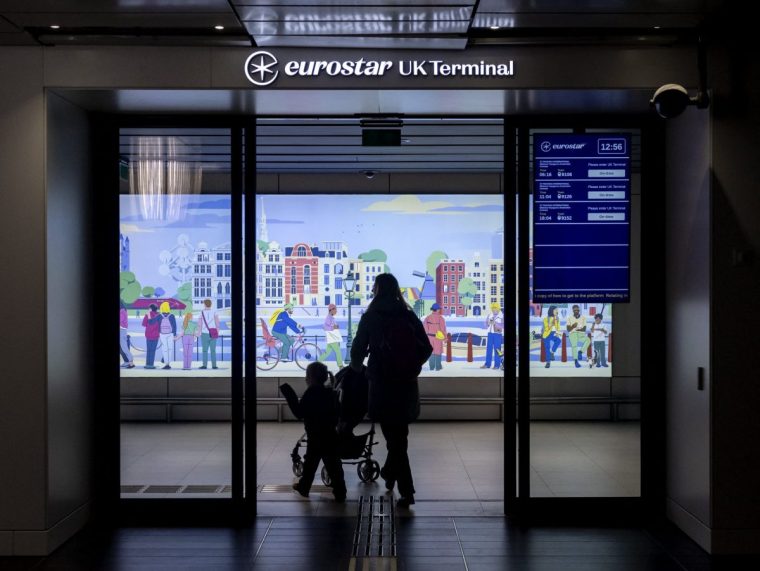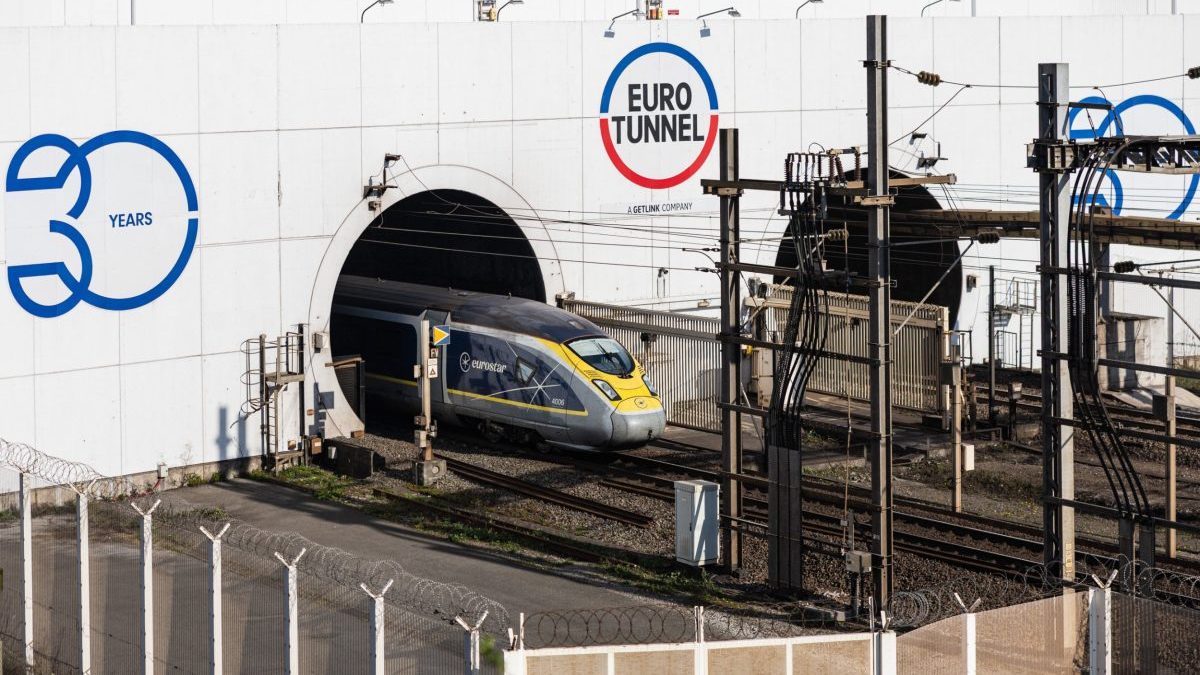The operator claims direct trains to Geneva, Frankfurt and Cologne could launch by the early 2030s, as potential rivals vie for space to maintain trains
So, it is not only wannabe rivals to Eurostar – such as Virgin Trains, Evolyn, and Gemini – that want to run high-speed trains from London to Germany and Switzerland through the Channel Tunnel. Now the incumbent is eyeing expansion as well.
London-Frankfurt and London-Geneva are the routes Eurostar aims to run by the early 2030s, according to its CEO Gwendoline Cazenave, as well as expanding its non-Channel Tunnel routes between Benelux, France and Switzerland.
Eurostar, Cazenave claims, intends to order up to 50 new trains for this – replacing its ageing trains that date from the 1990s, and adding some extra ones, too.
The problem, however, is twofold.
First, the Eurostar boss has been talking about fleet expansion for more than a year, and, so far, nothing has been signed with any manufacturer.
The obvious assumption is that Eurostar – 55 per cent owned by French state-owned rail firm SNCF – would then purchase high-speed trains built by French conglomerate Alstom, the builder of SNCF’s TGV fleet.
However, Alstom’s new Avelia Horizon double deck, high-speed train has been beset by delivery delays.
The first trains of this design might be on French rails by 2026, but Eurostar would find itself at the back of a long queue for deliveries – SNCF (115 trains ordered), Proxima (12) and Moroccan State Railways (18) have placed firm orders already.
When would Eurostar possibly get its trains? While there is nothing in principle preventing a double-decker train from being approved to run through the Channel Tunnel, ensuring this design’s compliance with the stringent evacuation rules could take some time, too.
Second, thirty years after the opening of the Channel Tunnel, it is fair to ask: why has Eurostar not expanded its routes already?
Only Amsterdam and Rotterdam have been added as destinations beyond the core London-Paris and London-Brussels routes that Eurostar has run for the past three decades.
Eurostar – more than anyone – understands how hard it is to expand to new destinations.
It is the station requirements that pose an even bigger headache than the trains.
Bags need to be scanned and passports checked before passengers board a train heading for London, and facilities to allow this are costly to build and maintain.
A new terminal in Amsterdam finally opened this year, allowing the processing of a full train of passengers on that route for the first time.
At least St Pancras is already equipped for trains from Germany or Switzerland, but the issue at the London terminus remains limited space for passengers waiting for and disembarking their trains.
 The new terminal in Amsterdam is the place for processing travellers heading for the UK (Photo: Ramon van Flymen/AFP/Getty)
The new terminal in Amsterdam is the place for processing travellers heading for the UK (Photo: Ramon van Flymen/AFP/Getty)
The expansion ideas mentioned by Cazenave are perplexing in this regard. The economic case to run to Germany and Switzerland makes sense. In May, the UK and Switzerland signed a memorandum of understanding for establishing direct trains between the countries.
Yet, operationally, direct routes to both the proposed destinations are fraught. Frankfurt’s main station has no secure platforms currently, and serving Cologne en route is even harder, as its main station is a seriously congested bottleneck.
Geneva looks superficially easier now, but the Swiss have plans to upgrade the station for more national traffic, so good luck fitting in a Channel Tunnel terminal with that.
And with travel times of 4 hours to Cologne, 5 hours to Frankfurt and 5 hours and 30 minutes to Geneva, these routes are never going to be served as intensively as the shorter routes to Brussels and Paris.
One of the sticking points for private rivals to Eurostar has been gaining access to the Temple Mills depot in east London to maintain their fleets.
With Eurostar’s own service level today lower than it was pre-Covid, Evolyn, Gemini and Virgin Trains have argued there must be space at the depot for them. The Office of Rail and Road has concluded that there is room for one new operator at the depot, or for Eurostar to grow.
Eurostar’s fleet and route expansion ideas should then be seen in this context.
“We’re seeing strong demand for train travel across Europe, with customers wanting to go further by rail than ever before and enjoy the unique experience we provide,” Cazenave said.
“Despite the challenging economic climate, Eurostar is growing and has bold ambitions for the future,” she added.
There is no need to turn to competitors, Cazenave is implicitly saying. Leave it to us, and new trains and new destinations are around the corner. The problem is, after all these years, should anyone believe her?
Jon Worth is an independent railway policy analyst based in Bourgogne, France. His research and advocacy work focuses on improving cross-border passenger railways in Europe.
